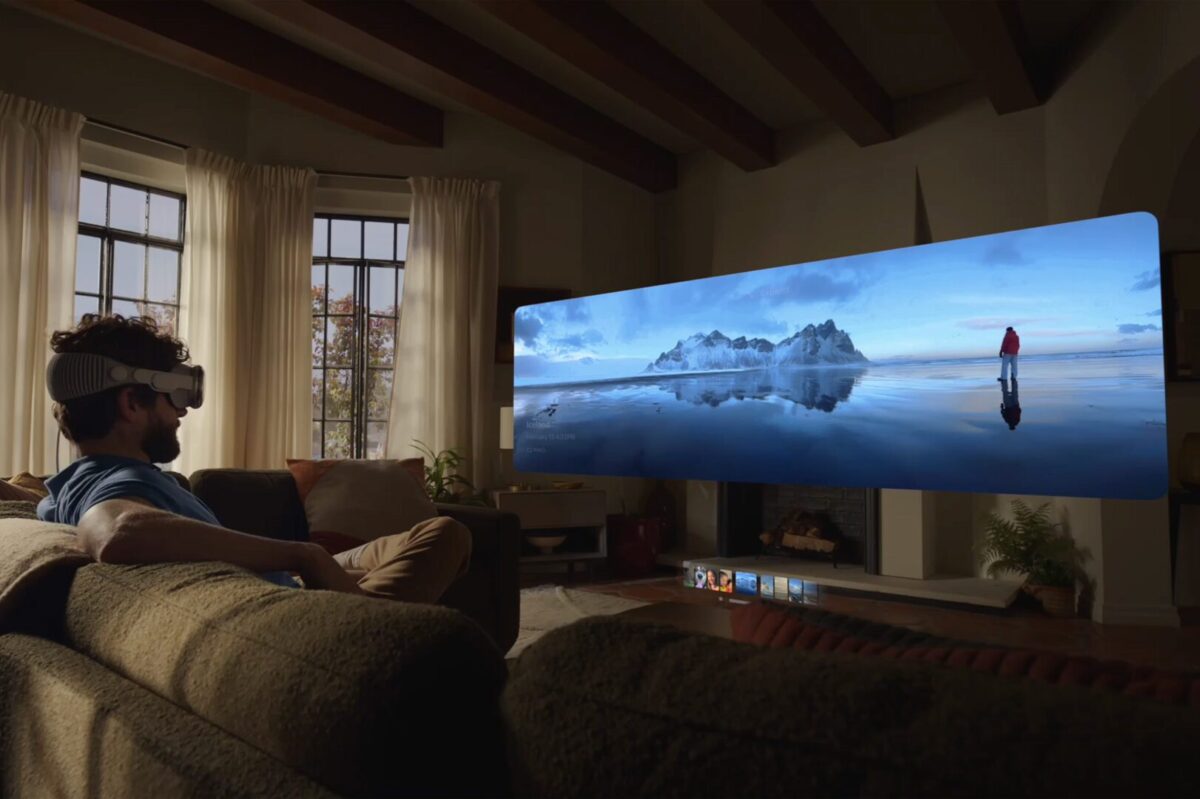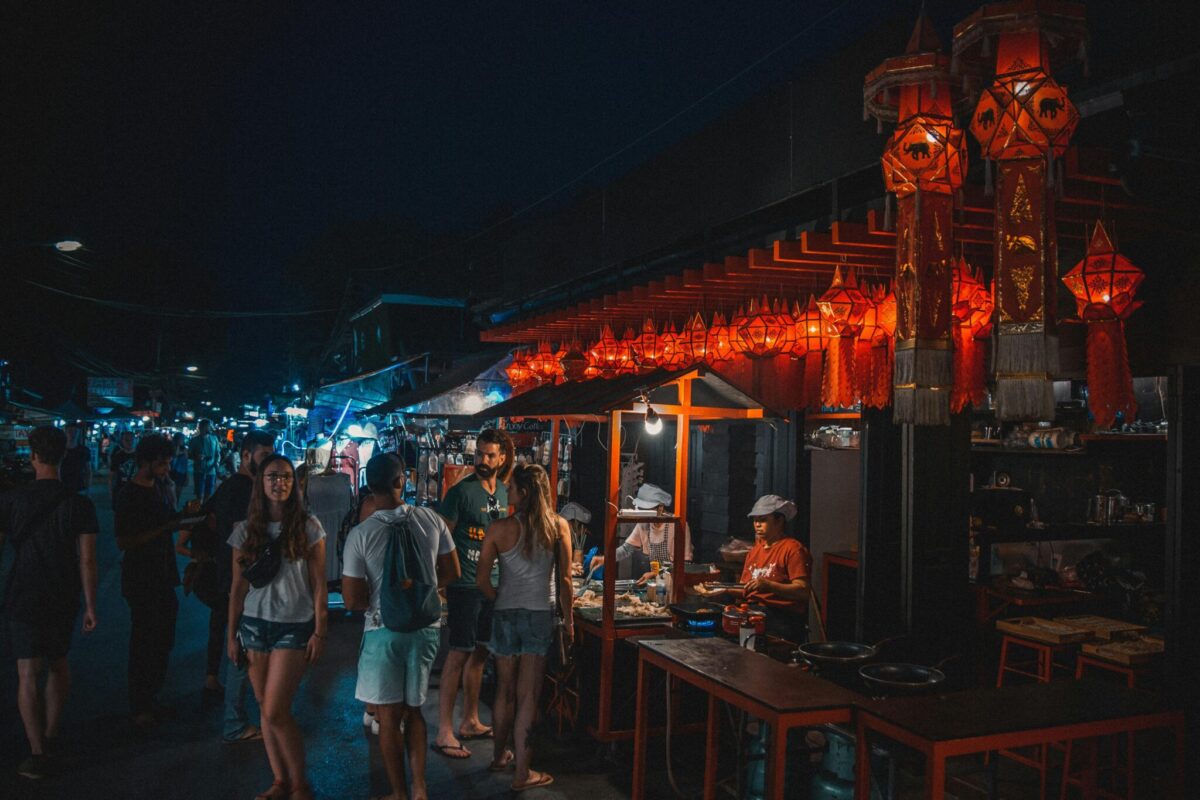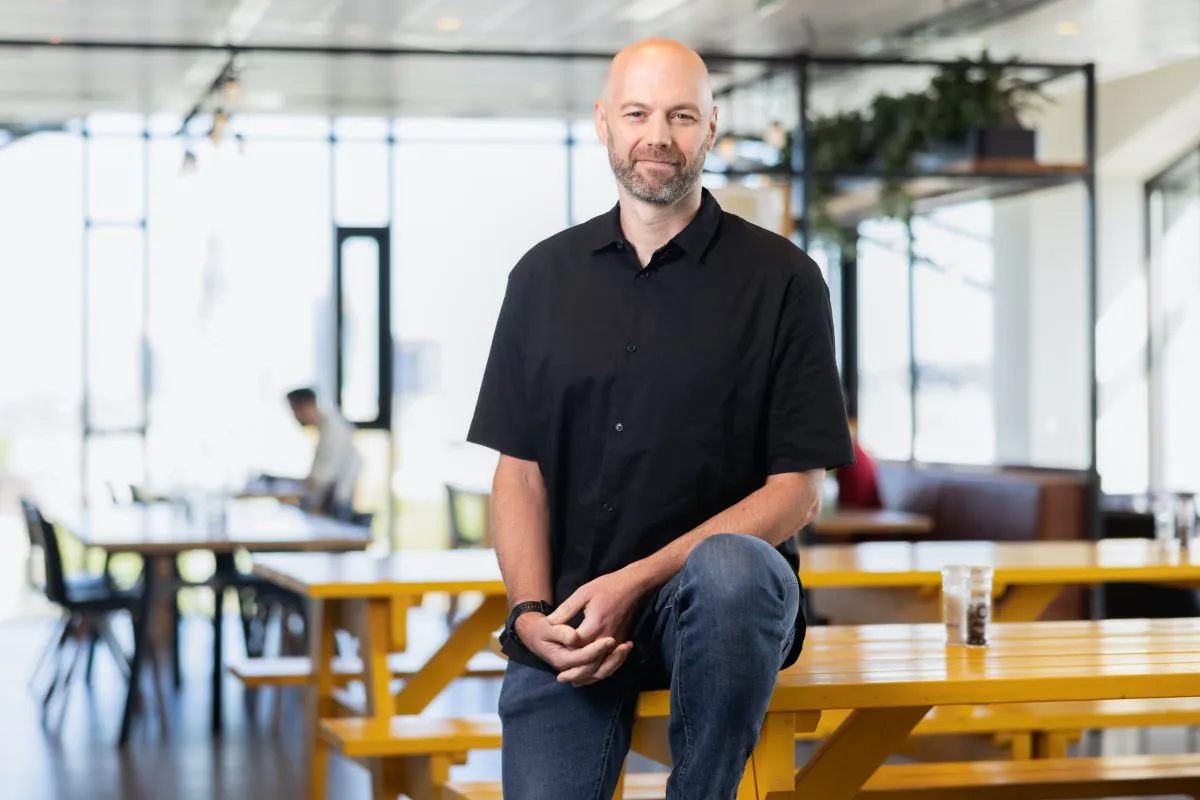Apple Vision Pro: What It Means for Travel

Skift Take
The Apple Vision Pro can help users explore new places virtually and relive travels from the past.
Those features were highlighted this week with Apple’s announcement that the virtual reality headset will be available in the U.S. starting February 2 for $3,499. Pre-orders for Apple Vision Pro begin on January 19.
Apple announced the product last June, an addition to other VR headsets on the market, such those by Meta and Lenovo.
Virtual Travel
There are a couple of features related to virtual travel built into the Vision Pro headset:
- The Apple Vision Pro has a setting that allows users to view landscapes, which Apple said could include U.S. national parks Haleakalā, Joshua Tree, and Yosemite — as well as the surface of the moon. Users can view the landscapes on their own, or the landscapes could be a backdrop while watching movies on an airplane or at home.
- Through a partnership with Disney, the user can explore a version of Disney World and view travel videos through National Geographic in a more immersive way.
There’s also potential for third-party companies to build apps that can offer more virtual travel experiences. The app Sky Guide will be available on the Vision Pro, giving users the ability to travel through space, stargaze, and view other natural phenomena like the Aurora Borealis.
Apple is partnering with the gaming and software development platform Unity so that companies can design apps for the Vision Pro, such as those that involved with the metaverse.
Unity was used by one company, for example, to make a platform that travel agents and hotel owners can use to create virtual experiences on the Oculus Go headset as a marketing ploy for potential travelers — a way to give them a taste of what they could see in real life.
Susan Black, who is speaking at the CES tech conference in Las Vegas this week, said she is seeing interest in virtual travel from membership organizations, like museums and alumni groups, as a perk for members. Black’s company, Wowzitude, offers virtual tours of travel destinations in partnership with guides around the world.
Business consulting and research firm McKinsey estimates that virtual travel, driven mostly by advertising and virtual events, could be worth more than $20 billion by 2030.
Reliving Travels
Users can view photos and videos taken on the iPhone in a high quality through the Vision Pro, which Apple said is meant to help users “relive” experiences.
Pictures and videos can expand as large as the user wants them. Panoramas taken on the iPhone expand and appear to wrap around the user, meant to create the feeling that the user is standing in the photographed place once again.
The headset also includes Apple’s first “3-D camera,” enabling the user to capture videos and audio that can be replayed through the headset later.
The Tech
The Vision Pro interface is controlled entirely by the user’s eyes, hands, and voice — without the use of extra controls.
The headset’s two screens, each the size of a postage stamp, contain more pixels than a 4K television, enabling extremely high-resolution visuals. The company also said its high-tech audio system is meant to make users feel as if sounds are coming from within their physical space.
Besides travel-related features, Apple is touting home office tasks, some gaming apps, and high-quality movie screenings.
Michael Rockwell, vice president of augmented reality and virtual reality for Apple, said during the June announcement video that the Vision Pro “virtually eliminates” motion sickness issues that plague the user experiences of other headsets.
He said motion sickness in those devices comes from latency between sensors and displays — the visuals don’t match up well enough to the user’s movements. Apple Vision Pro generates new images within 12 milliseconds, meant to feel like a more natural experience for the user. (Additional factors have been shown to cause VR motion sickness, however, so that hardware improvement may not be enough to fix the problem.)
Correction: This article has been updated to include Wowzitude's recent business model changes.





